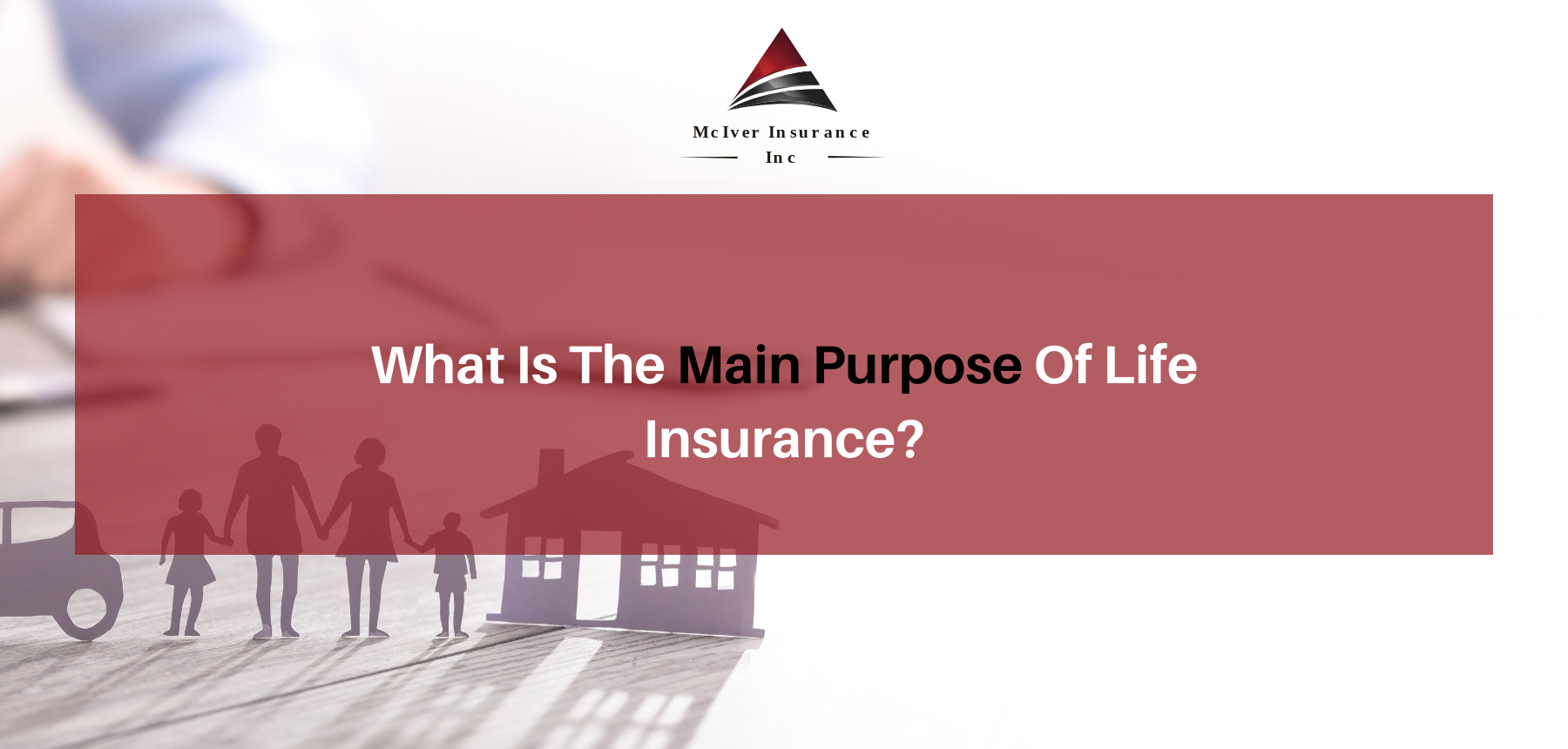Rumored Buzz on Pacific Prime
Rumored Buzz on Pacific Prime
Blog Article
The 3-Minute Rule for Pacific Prime
Table of ContentsThe Best Guide To Pacific PrimeNot known Facts About Pacific PrimeWhat Does Pacific Prime Do?Some Ideas on Pacific Prime You Should KnowPacific Prime Fundamentals Explained

This is due to the fact that the information were collected for a duration of strong financial efficiency. Of the estimated 42 million people who were uninsured, all yet about 420,000 (about 1 percent) were under 65 years old, the age at which most Americans become eligible for Medicare; 32 million were grownups in between ages 18 and 65, about 19 percent of all grownups in this age group; and 10 million were kids under 18 years old, about 13.9 percent of all children (Mills, 2000).
These quotes of the variety of individuals uninsured are generated from the annual March Supplement to the Present Population Survey (CPS), performed by the Census Bureau. Unless otherwise kept in mind, national estimates of people without health and wellness insurance and proportions of the population with different kinds of protection are based upon the CPS, one of the most extensively made use of resource of estimates of insurance coverage and uninsurance prices.
The 15-Second Trick For Pacific Prime

Still, the CPS is especially valuable due to the fact that it generates annual estimates reasonably promptly, reporting the previous year's insurance policy coverage estimates each September, and due to the fact that it is the basis for a regular collection of quotes for greater than twenty years, enabling evaluation of patterns in insurance coverage with time. For these reasons, as well as the substantial usage of the CPS in other research studies of insurance policy protection that exist in this report, we count on CPS quotes, with restrictions noted.

The quote of the number of without insurance people increases when a populace's YOURURL.com insurance policy status is tracked for numerous years. Over a three-year period starting early in 1993, 72 million people, 29 percent of the united state population, were without coverage for at the very least one month. Within a solitary year (1994 ), 53 million individuals experienced a minimum of a month without protection (Bennefield, 1998a)
6 out of every ten uninsured adults are themselves employed. Functioning does improve the chance that one and one's family participants will have insurance policy, it is not an assurance. Even members of families with 2 full-time breadwinner have nearly a one-in-ten chance of being uninsured (9.1 percent uninsured rate) (Hoffman and Pohl, 2000).
Pacific Prime Fundamentals Explained
New immigrants account for a considerable proportion of people without medical insurance. One evaluation has connected a substantial part of the current growth in the size of the united state without insurance population to immigrants who got here in the nation between 1994 and 1998 (Camarota and Edwards, 2000). Recent immigrants (those who involved the United States within the previous 4 years) do have a high rate of being uninsured (46 percent), yet they and their youngsters account for just 6 percent of those without insurance policy nationally (Holahan et al., 2001).
The relationship between medical insurance and access to care is well established, as documented later in this chapter. Although the connection in between health insurance coverage and health results is neither straight neither basic, an extensive scientific and wellness services research study literature links health insurance protection to better access to care, better quality, and boosted individual and populace wellness standing.
Levels of evaluation for analyzing the results of uninsurance. It focuses particularly on those without any health and wellness insurance policy for any size of time.
The Ultimate Guide To Pacific Prime
The issues faced by the underinsured are in some areas comparable to those dealt with by the uninsured, although they are typically much less extreme. expat insurance. Uninsurance and underinsurance, however, involve definitely different policy problems, and the methods for resolving them might vary. Throughout this research study and the 5 records to adhere to, the primary emphasis gets on individuals with no health insurance and thus no assistance in spending for wellness care past what is offered through charity and safety internet establishments
Health and wellness insurance is an effective aspect affecting invoice of care due to the fact that both individuals and physicians react to the out-of-pocket cost of services - https://www.pinterest.com/pin/1093741459520423720. Wellness insurance coverage, nevertheless, is neither required nor sufficient to get to clinical services. Nonetheless, the independent and straight impact of medical insurance coverage on accessibility to health and wellness services is well developed.
Others will get the wellness care they require also without medical insurance, by paying for it out of pocket or seeking it from carriers that use care free or at extremely subsidized rates. For still others, medical insurance alone does not ensure receipt of treatment because of various other nonfinancial barriers, such as a lack of healthcare suppliers in their community, restricted accessibility to transport, illiteracy, or linguistic and cultural distinctions.
7 Simple Techniques For Pacific Prime
Official research about uninsured populations in the United States dates to the late 1920s and early 1930s when the Committee on the Expense of Healthcare created a collection of records regarding funding medical professional workplace gos to and hospitalizations. This problem ended up being prominent as the numbers of medically indigent climbed during the Great Depression.
Report this page